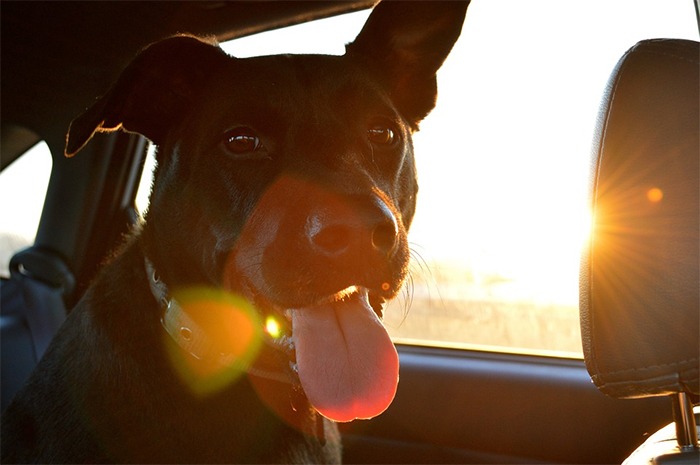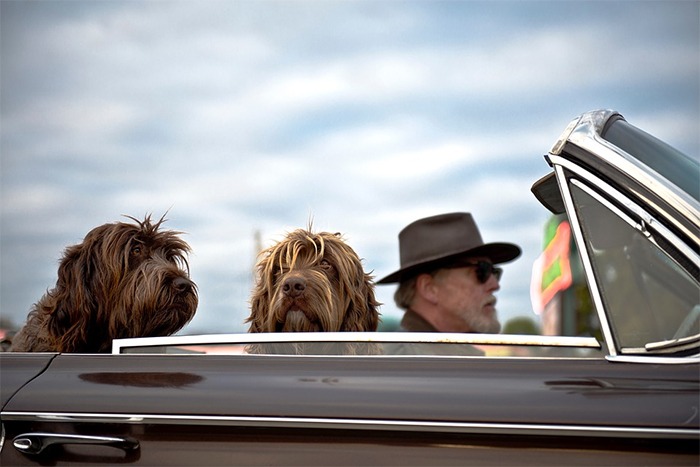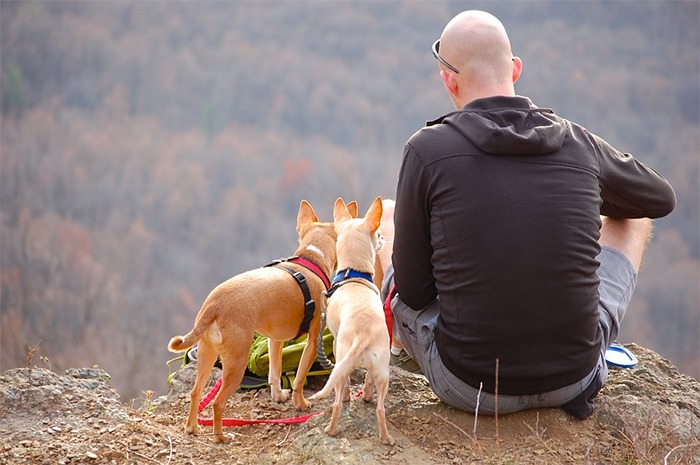Regardless of the circumstances, planning a vacation could be very stressful, especially when you wish to include your pets in your travels. You will have whole things to consider, such as packing the necessary equipment, double-checking your hotel’s pet policies, and ensuring that your pet fits the place’s travel requirements. If you aren’t prepared, it might be stressful and unpleasant travel for both you and your pet.
If you’re traveling with your pets, be it for leisure or need, you’ll need to consider some steps to ensure that you meet your pet’s needs and demands along the road. Going on a trip with your pet may be an excellent experience for everybody if you know what precautions to take.
Here are some tips you must keep in mind before going on a trip with your pets.
Keep Your Pets Inside Their Crate
On lengthy car rides, you may be eager to offer your pet plenty of space, but providing them their own enclosed area is usually the better alternative. Keeping your pets inside their crate is typically healthier for them, especially when they are crate-trained. The crate will serve as their place of comfort and security. Aside from that, an animal is considerably safer in a sturdy crate than the backseat of a car, where it can slide around freely.
Restrain Your Pets If Driving
It’s not safe for both you and your pet if your pet is moving around the car while you are driving since it could distract you while you are driving. You must concentrate on driving, and it wouldn’t help if your pets become excited or terrified because there’s a possibility that they could disrupt your driving.
Traveling with your pet inside a carrier or crate secured to the seat with either seatbelt or other anchor is the safest method when traveling. Ensure your pet can stand up, move around, and lie down comfortably in the carrier. A pet seatbelt is also an excellent option, but there is still no evidence that shows it keeps animals safe in the event of a car accident.
Always Put Your Pet In The Back Seat
Airbags are helpful. However, they are only beneficial for you. If an accident occurs and your pet is in the front seat, it could kill them. For safety purposes, pets should always ride in the back seat.
Prepare All The Required Paperwork
You may be unable to travel without the proper documents if you’re considering a lengthy vacation with your pet. Many establishments demand that visiting pets have an updated health certificate issued by a licensed veterinarian.
Veterinarians will verify that your pet is healthy and completed any vaccines required by the recipient state or country before issuing the paperwork. If you are riding an airplane, check with the airlines to see if they need any additional documents to transport your pet.
Bring A Pet Travel Kit
Bring their essential medical records, as well as confirmation of current vaccines. Also, bring their usual meals, water, meds, and bowls for your pets. You should also include any cleaning supplies you’ll need, such as a scoop and waste bags.
It may be helpful to pack a few toys, maybe even some new ones for variety and a few of their favorites, to make your pet delighted and engaged during the ride. Finally, remember to bring your pet’s first-aid kit.
Make Sure To Have Pet Identification
The worst situation you may encounter while traveling with your pets is losing them in an unfamiliar environment far from home. Ensure that they are easy to identify and locate before you go in case something goes wrong.
A microchip implanted under your pet’s skin will allow you to track them no matter where they wander. Even if your pet is injected with a microchip, for extra measures, keep in mind to attach onto them a collar with an ID tag that includes your home address and contact information, especially if you’re not ready to commit to the microchip procedure.
When going on longer travels, get a temporary collar that includes the contact information of the place you will be staying, which would be very helpful in case you lose your pet during your trip. You should only use flat collars and avoid using choke collars on your pet.
Make Sure Your Pets Are Hydrated
Pets can quickly become dehydrated during a trip if they don’t have a regular water supply when they need it. Remember this when traveling and bring extra water or bottled water for your pets.
Enabling your pets to self-regulate their fluid intake by adding a bowl inside their crate is good, but if this isn’t possible, make frequent stops to allow them to hydrate. Feeding your pet some wet food rather than dry food is another method to keep them comfortable.
Also, note that giving your pet water from an unknown source may induce an upset stomach, which you want to avoid when traveling.
Never Leave Your Pet In Your Car
Although most pet owners should know this, it is crucial to never leave your pet unattended inside the car when traveling, especially during the hot summers. Never leave your pets in a car since it would only take some time after they do something that could be fatal to them. Whether you only open a window or walk a few steps out of your vehicle, you must never keep them alone in a car.



